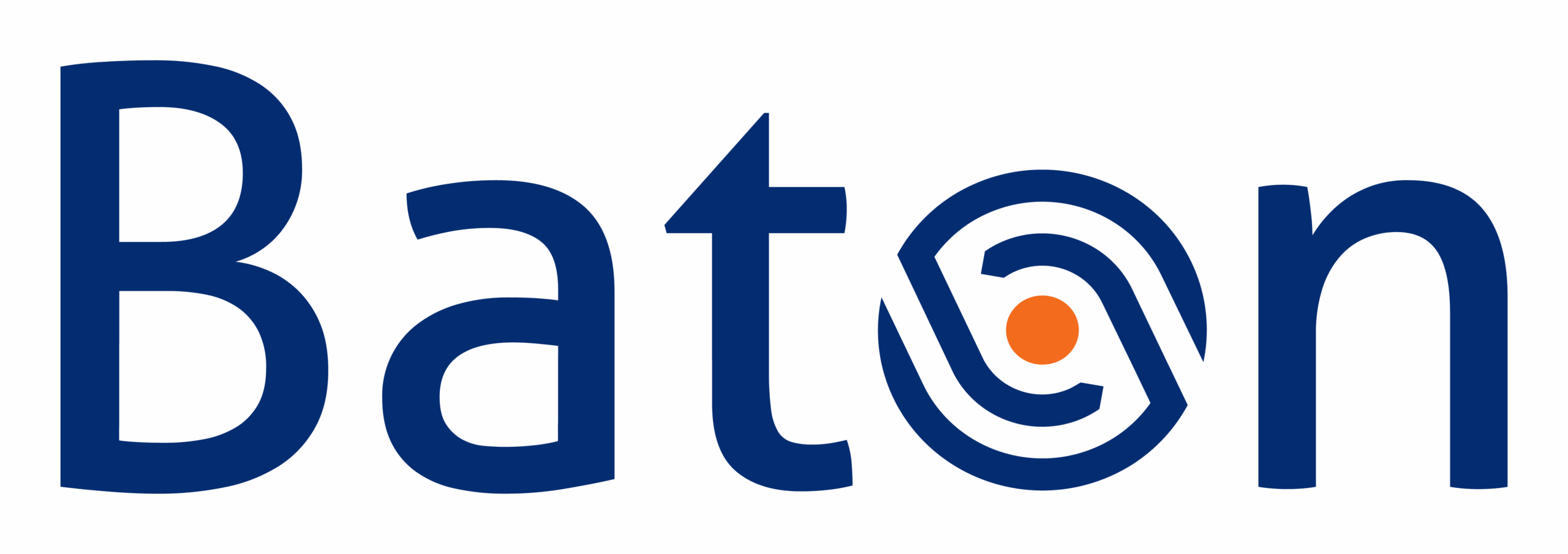Despite recent efforts, foreign exchange (FX) markets continue to be concerned by FX settlement risk, commonly referred to as Herstatt risk. Consequently, the recent release of the updated FX Global Code by the Global Foreign Exchange Committee (GFXC) includes a stronger emphasis on settlement risk mitigation practices, providing enhanced guidance and setting the clear expectation that market participants align their operations with the updated principles within the next 12 months.
Settlement risk continues to draw significant attention from industry stakeholders due to the magnitude of the potential losses (the full notional of transactions is at stake) and the potential impact on the directly impacted counterparties and on the broader market. This risk is further amplified if trades are being settled on a gross basis, a practice that also creates a drain on funding and intraday liquidity. With1,328 entities globally having signed a statement of commitment to the FX Global Code as of December 2024, it has become imperative for banks and financial institutions to implement robust solutions that not only meet the Code’s requirements but also modernise settlement processes for enhanced efficiency and control. Baton Systems’ real-time technology offers practical, scalable solutions to help institutions effectively manage and control FX settlement risk.
What Is FX Settlement Risk?
FX settlement risk arises when one party in a currency transaction transfers the currency it owes but does not receive the counterparty’s payment. This exposes institutions to the risk of partial or total loss if the counterparty defaults or fails to deliver. The 2024 amendments to principles 35 and 50 the FX Global Code aim to establish a framework for mitigating this risk.
Key Settlement Risk Updates to the FX Global Code
The amended Principle 35 introduces a risk waterfall hierarchy for FX settlement, with market participants expected to adopt a stepwise approach by:
-
-
- Eliminating settlement risk using payment-versus-payment (PvP) mechanisms, where practicable and where not, do what they can to minimise “the size and duration of their settlement risk”
- Reducing exposure through automated netting of FX settlement obligations
- Minimising gross bilateral settlement whenever possible
- And Implementing internal risk controls, such as using automated processes over manual ones, to minimise other risks linked to settlement
-
Additionally, amends to Principle 50 focus on providing greater clarity around how market participants should measure, monitor, and control FX settlement risk, with the expectation that this will be achieved with the same rigour applied to other counterparty credit exposures.
Baton Systems and FX Global Code Alignment
Baton’s modular technology provides real-time, automated, controlled settlement processes powered by smart, collaborative workflows to enable capital market firms to mitigate and, where possible, eradicate FX settlement risk exposure. Here’s how our advanced settlement technology could help your institution align with the updated Code:
1) Payment-Versus-Payment (PvP) Settlement
While traditional PvP mechanisms are limited to certain currencies and financial infrastructures, through our collaboration with OSTTRA, we’re extending access to PvP settlement to all FX market participants globally and across currencies — including emerging market currencies. Powered by Baton’s shared permissioned ledger, bilateral FX transactions can be settled instantly and seamlessly on a PvP basis – eliminating settlement exposure.
Key benefits include:
- Alignment with Principle 35’s directive to eliminate settlement risks where possible
- Settlement cycles can be reduced from hours to minutes
- Settlement participants have full transparency into the settlement process through the use of Baton’s shared permissioned ledger
2) Automated, Streamlined, and Conditional Settlement with Payment-on-Payment (PoP)
For settlement scenarios where PvP functionality is not yet accessible, our innovative Core-Payments® solution empowers institutions to orchestrate automated, optimised, and rule-driven payment release processes. The technology provides complete flexibility for institutions to establish their choice of payment parameters, all reinforced by intelligent payment sequencing functionalities designed to enhance efficiency and control.
For example, payments can be scheduled for specific times based on certain activities or for riskier counterparties set to settle only under a Payment-on-Payment (PoP) framework. With PoP, payments are automatically released only after the counterparty fulfils its obligations, significantly reducing settlement risk in non-PvP environments.
Key benefits include:
- Automated scheduling of payments for controlled settlement
- Conditional payment release logic ensures payments are only released once the counterparty’s obligations have been fulfilled
- Counterparties can receive funds faster once payments are made
3) Configurable and Automated Netting Solutions
Netting FX transactions can considerably reduce payment volumes, funding requirements, and settlement risk. That said, netting remains significantly underutilised because many firms still rely on time-consuming manual netting processes – principle 35 of the FX Global Code advocates that firms automate netting processes and minimise gross bilateral settlement.
Our Core-Payments solution streamlines and automates the netting process, allowing users to set low-code configurable, business-defined rules – giving firms complete control over how payments are netted. Our continuous netting engine operates in real-time, automatically generating netting calculations to reduce manual effort and errors. This is all brought together through the power of collaborative, automated workflows that allow for efficient agreement on settlement values between counterparties.
Advantages:
- Continuous, real-time netting processes
- Rules-based and configurable, including netting across different business silos
- Minimised operational errors through automation
- Improved scalability and flexibility to align with individualised counterparty operations
- Compliance with Principle 35’s emphasis on reducing gross bilateral settlement
4) Payment Matching, Enterprise-wide Monitoring, Supervisory Dashboards and Alerts: ALL REAL-TIME
Baton’s Core-Payments solution provides for real-time payment matching, enterprise-wide monitoring, intelligent automated workflows, and controls to help firms measure, monitor, and mitigate settlement risk. These capabilities enable firms to address many of the requirements in Principle 50.
This advanced solution has been designed to integrate seamlessly with a bank’s existing systems. It matches inbound and outbound payments in real-time by matching settlement obligations (ledger entries) and payment messages, accurately assigning cash flows to specific obligations and counterparties.
Core-Payment’s intuitive dashboard provides a real-time view of counterparty exposures, funding balances by account and currency, available liquidity from inbound payments and obligations (actual vs expected), and throughput levels. Intelligent, automated workflows then use this data-driven insight to check, hold, or release payments based on configurable business rules.
Customisable alerts detect anomalies, such as deviations in counterparty behaviours or if a pre-set threshold has been reached – providing vital early warning indicators, along with notifications about failed or delayed payments. These features enhance visibility into FX payment flows and counterparty obligations, helping firms mitigate settlement risk with precision.
Features:
- Real-time matching of inbound and outbound flows for complete transparency.
- Cross-silo updates on settlement statuses, prioritisation markers, and alerts for failed or delayed transactions.
- Proactive risk identification and mitigation workflows powered by automated data analytics.
By providing granular, real-time insights into settlement performance, institutions can shift to more proactive, data-driven decision-making. This ensures alignment with Principle 50 while preventing settlement fails and minimising exposure to liquidity risks.
The Strategic Benefits of Adopting Baton’s Technology
Compliance with the FX Global Code is one aspect of the equation, but leveraging Baton’s technology offers far-reaching strategic advantages for financial institutions:
Minimising Settlement Constraints: By mitigating settlement risks, institutions can broaden their trading relationships with new counterparties.
Enhanced Intraday Liquidity Management: Automated netting and streamlined, orchestrated settlement processes reduce funding requirements, optimising cash flow and liquidity.
Improved Operational Efficiency: Automation reduces reliance on manual interventions, lowering error rates and operational bottlenecks while driving cost-effective scalability.
Regulatory Confidence: Institutions gain transparency and control over payment operations, meeting regulatory expectations and internal governance standards.
A Path to More Secure FX Settlement
The updates to the FX Global Code underline the industry’s commitment to mitigating FX settlement risk and the systemic risks this can easily lead to, ensuring a more stable global financial system. However, implementing these principles goes beyond policy alignment—it requires adopting real-time, interoperable technology that’s scalable and flexible enough to bridge the gap between compliance and operational efficiency and support evolving business requirements.
With Baton’s advanced solutions, institutions can easily meet updated requirements while also improving their FX settlement processes. These solutions help build the necessary foundation to safely support future developments, such as the growing adoption of tokenisation. Baton’s innovative technology supports real-time matching, enterprise-wide real-time payment flow monitoring, automated netting, rapid issue identification and escalation, PvP settlement and controlled settlements to help financial institutions achieve compliance, mitigate risks, and enhance operational resilience.
Is your institution ready to adapt to the updated FX Global Code? Get in touch with Baton Systems to explore how we can help you streamline FX settlement operations, reduce risks, and position your firm for future growth.
MORE BLOG POSTS
Business growth requires firm-wide post-trade risk controls
Counterparty Risk Management with Real-time Reconciliation
Automate and Increase Netting to Decrease Liquidity Requirements and Drive Post-Trade Efficiencies
Contact our Experts
To learn more about our post-trade solutions, please provide your details and one of our experts will contact you shortly

